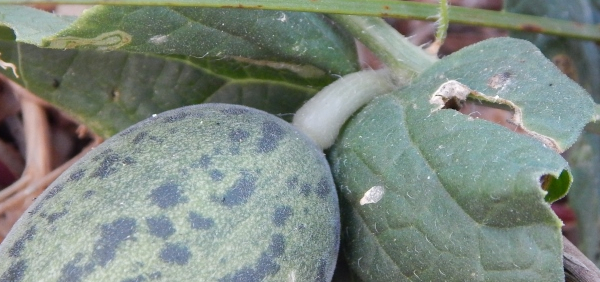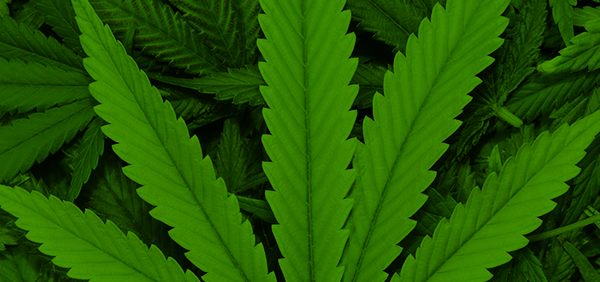mallika :

Cultivation:
Succeeds in lowland areas of the tropics and subtropics. Plants can only tolerate occasional light frosts
Succeeds in full sun and in partial shade
Requires a moist but well-drained soil
Prefers a light soil that is rich in organic matter
The average annual flower yield is 1 - 7 tonnes per hectare and the essential oil yield is 0.1 - 0.2%
Jasmine flowers are picked manually between dawn and 10 a.m., during the hot season in India even between 3 - 8 a.m. Preferably only half-opened and fresh fully opened flowers must be picked, not buds or old (yellowish) flowers, as these will depress the quality of the essential oil. Although rain makes the flowers almost useless, picking flowers in the rain should continue, to promote further flowering
An experienced picker can harvest 0.5 kg flowers per hour, but the pickers are usually young women and children, who achieve 2 kg in 5 hours
Jasmine flowers must be quickly processed, since delay substantially reduces essential oil content. Flowers should be kept shaded and cool between picking and processing and the processing facility should be close to the plantation. Freshly picked flowers can be stored in polythene bags at 15°c without loss of yield, quality or odour
Jasmine oil can be obtained from flowers by steam distillation but the yield is very low. Jasmine concrete is obtained from flowers, formerly by enfleurage, currently by solvent extraction. In solvent extraction, flowers are washed up to 3 times with petroleum ether or, preferably, with hydrocarbon-free food-grade hexane; the extract is then distilled to remove the solvent, resulting in the concrete. Concrete is usually produced at the plantation, but absolute is produced where convenient, often in another country
Plants can flower all year round
The flowers are exceptionally fragrant
This species is the national flower of the Philippine Islands
Propogation:
Seed - it does not require pre-treatment and is best sown in a partially shaded position as soon as it is ripe
Cuttings 12 - 20cm long should be taken from terminal shoots; treatment with a root stimulator increases the strike rate
Semi-ripe cuttings, 8cm long, places in a sandy medium, usually root within 4 weeks
Cuttings taken from shoot tips have given better results than semi-ripe cuttings. They are usually treated with a fungicide, placed in prepared planting holes and watered
Layering in the field is done with one-year-old shoots; a slanting cut is made approximately half-way through the shoot some 50cm from the end; the cut is buried about 10 - 15cm deep with the top remaining above ground. After about 4 - 6 months the rooted layers can be separated from the parent plant and transplanted
Harvesting:
Usually in summer season- » Classification and names of mallika
- » Synonyms and definitions of mallika
- » Drug Properties of mallika
- » Chemical Constituents of mallika
- » Standardization of mallika
- » Parts used and Dosage of mallika
- » Morphology and Histology of mallika
- » Distribution and Conservation of mallika
- » Cultivation of mallika
- » mallika in the market
- » Medicinal Uses of mallika
- » Researches and clinical trails of mallika
- » mallika in other sytems of medicine
- » Ayurvedic formulations with mallika
- » Images of mallika













